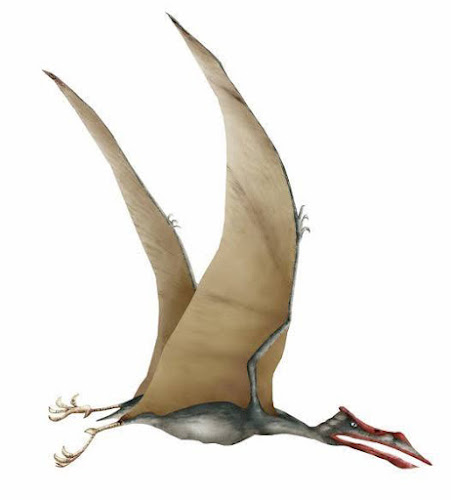Search This Blog
Curio facts is an original blogger website which is inspired to unveil the hidden, rare and bizarre phenomenon happening on our mother earth. Our mission is to disclose all the knowledge to you which you have never imagined and never thought could exist and to inspire learning by making it fun and easy. Rather than searching the rabbit hole of the internet. If you want to learn something mysterious, rare and unbelievable everyday then curio facts is the blog for you.
Featured
- Get link
- X
- Other Apps
Dinosaurs| Flying Reptile equal in size to a Giraffe| Curio Fatcs
Think about the biggest flying animal
you've ever seen. Let's see — geese are pretty big, and despite their
reputation, swans can get to be terrifyingly huge. And albatrosses — aren't
those massive? Of course, there are always ostriches, but those can't fly.
But Quetzalcoatlus could. And that thing was as tall as a giraffe.
During the late Cretaceous era, in the
waning years of the dinosaurs' reign over the planet, a giant reptile soared
through the sky with a wingspan as long as a city bus. Quetzalcoatlus needed
all that surface area to stay aloft because it might have weighed about 550
pounds (249 kilograms) — more than a mountain gorilla, and last we checked,
gorillas don't fly. On the ground, Quetzalcoatlus would walk on four
"legs," standing approximately 10 feet (3 meters) at the shoulder
with a long, stiff neck topped by a skull measuring another 10 feet. In short,
these things cut an impressive figure.
But how does something like this live? It's
difficult to imagine.
Did they nest in trees and cliffs like modern birds, or roam the plains like giraffes when they weren't flying?
Or maybe they didn't spend much time on the ground at all, opting instead for a lifetime of transoceanic flights like the albatross
The sad fact is, not a lot remains of these
delicately-boned behemoths, so their lifestyle is likely to remain a mystery
for the foreseeable future. At least we can be sure that they flew, right?
Flier flier, pants on fire
Yes, we were heartbroken to learn that
there are, in fact, some paleontologists who think that Quetzalcoatlus was just
too heavy to get off the ground. Its ancestors might have flown, goes this line
of thinking, but like the ostrich, this former flier traded the skies for sheer
bulk. But don't think this argument is over just yet. Other estimates place the
creature at a substantially lighter weight — even as low as about 154 pounds
(70 kg) — which would be plenty small enough to be carried by those giant
wings. After all, modern flightless birds like emus and penguins don't have
much in the way of wings, but Quetzalcoatlus had no such deficiency. Since they
survived for more than 130 million years with the same massive wingspan, they
were probably using it for something.
- Get link
- X
- Other Apps
Popular Posts
Deforestation| Deforestation in Pakistan| Curio Facts
- Get link
- X
- Other Apps
Appendix| A doctor had to remove his own appendix| Curio Facts
- Get link
- X
- Other Apps



Comments
Post a Comment
Please do not enter any spam comment.